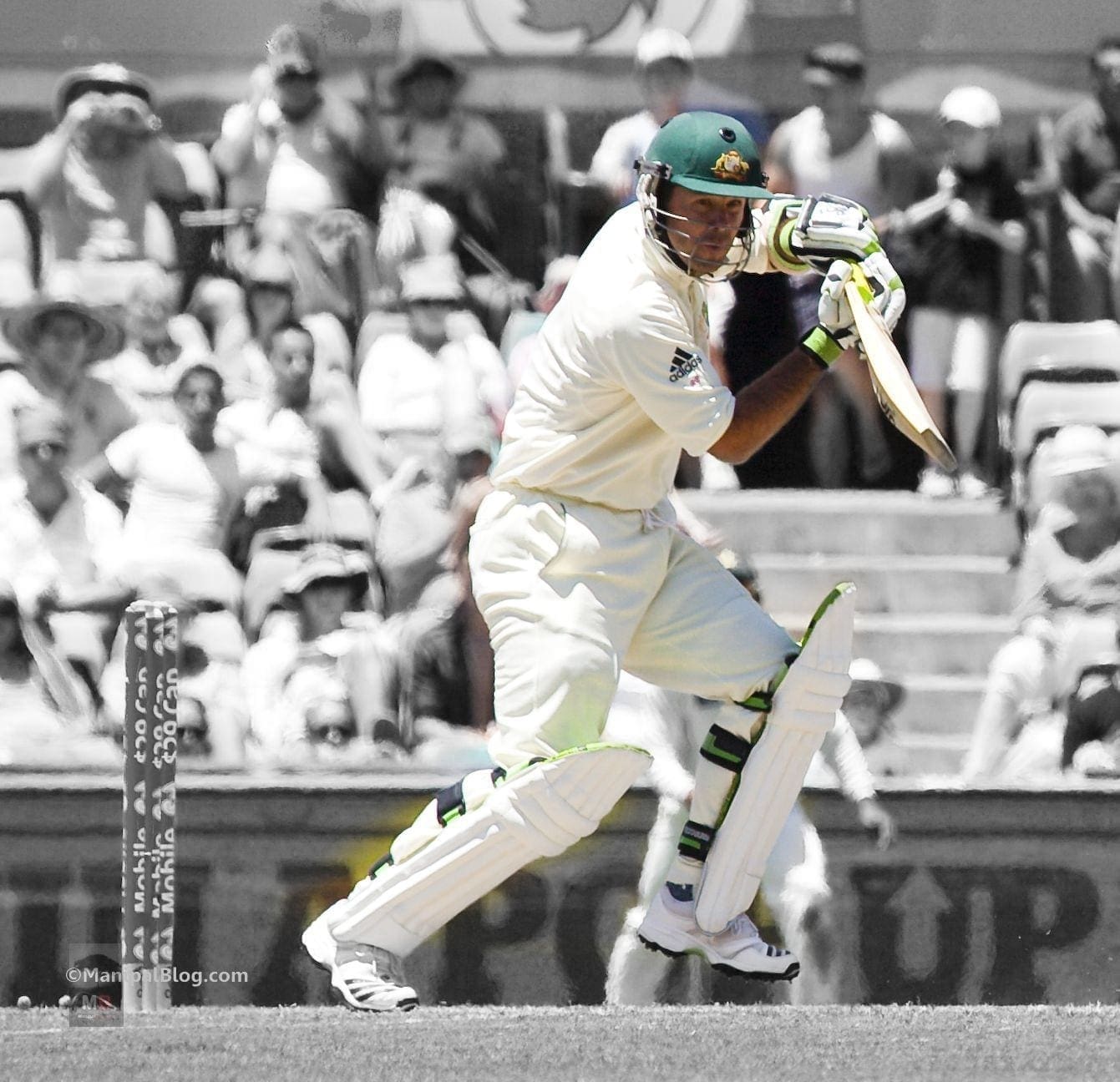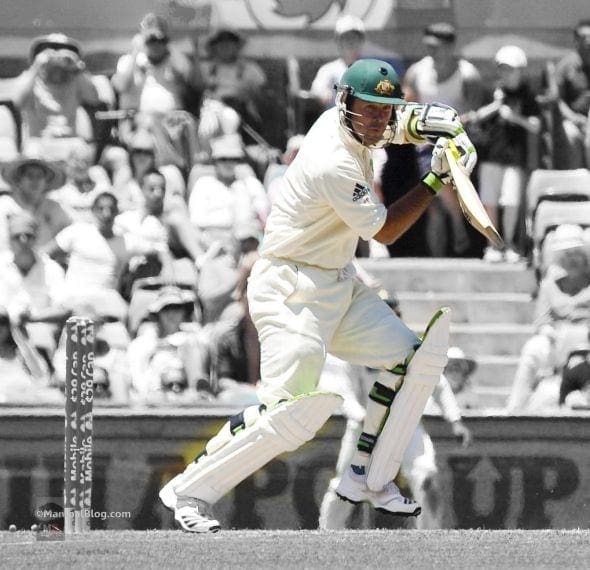
Launceston is tucked away in the north of Tasmania, Australia. The three rivers – Tamar, North Esk and South Esk – are situated exactly at the confluence of the region, providing a gateway to the Tamar Valley’s wineries, wetlands and nearby historic villages. The area is known for its elegant riverside, blessed with beautiful parks, gardens and contemporary architecture.
On the other side of the town, contradicting the urbanization, the dramatic Cataract Gorge sweeps through, drawing walkers, explorers and thrill-seekers. Being one of Australia’s oldest cities, it is also home to many historic buildings.
It is perhaps this counterbalance of tradition and contemporary that the region he grew up in boasts that Ricky Ponting espoused into his batting skills, to become a modern-day attacking batsman, yet going on to play most of his cricket in one of the technically mainstream batting positions in cricket – the number 3.
PUNTER- The Legend
Ricky Ponting became the enormous pillars on which Australian batting stood for years and reached for the stars. At his prime, he became one of the best batsmen in the game, and among the finest all round fielders around.
Ponting announced himself as a batsman of international stature in his maiden Test, the match Australia won by an inning at Perth in 1997, when he scored a fighting 96 on a bouncy pitch.
Following the début, he lost his place in the national team several times in the period before early 1999, due to inconsistency and indiscipline. But since then not much came in the way of his appetite for runs.
Between 1999-2006, he was at peak of his game as a Test batsman. During this period, he scored more than 8000 runs at a 65-plus average, piling on more than 7000 runs, in the process scoring 31 centuries. Ponting was a kind of person who demonstrated the attacking instincts of the team he led with his batting. He became the face of the invincible Australian side of early 2000 that conquered the world.
A man for the big occasion, he always led from the front and took responsibility to wipe out oppositions The 160 not out in the 2003 world cup Final, when he picked up the baton to crush the opposition completely, told a lot about his tough character.
In a career spanning 17 years, he scored more than 26,000 runs, with a large percentage of runs coming from the number three spot, the position he owned for a decade. He was in that spot, if you like, the polar opposite of Rahul Dravid, his only contender for the greatest no.3 of the modern era.
Ponting was fearless. His batting was based on fearlessness. A compulsive stroke player, he would have a hit at the ball if it was in his range. His fielding even more fearless, especially when he stood at silly point without body armor. A superb natural athlete who allied fierce concentration and astute anticipation to be brilliant anywhere from slip to boundary rider.
In terms of esteem among Australian batsmen, he edged ahead of peers and predecessors, and only Sir Don Bradman stood ahead of him. Polished in a highly competitive culture within Australian cricket, intent was hard-
During his captaincy tenure, the highs outweigh the lows. Barring the Ashes debacles, he achieved a lot of success as captain, winning the World cup twice.
From the time he retired, the catches, the run-outs, the pull shot, the hook shot and the fierce competitive spirit in general have been a huge miss to the game. Ponting was in no measure an aesthetic batsman, but he was mighty effective.
About The Author: Omkar Shetty is an engineering graduate from Birla Institute of Technology and Science – TMI, Pune, Maharashtra. He is a marine engineer and sports writer, with particular interest in cricket and ever-increasing passion for the game of football. Loves to analyze and dig out interesting facts related to sports. You can read his blog at : Get Sportified

Be the first to comment